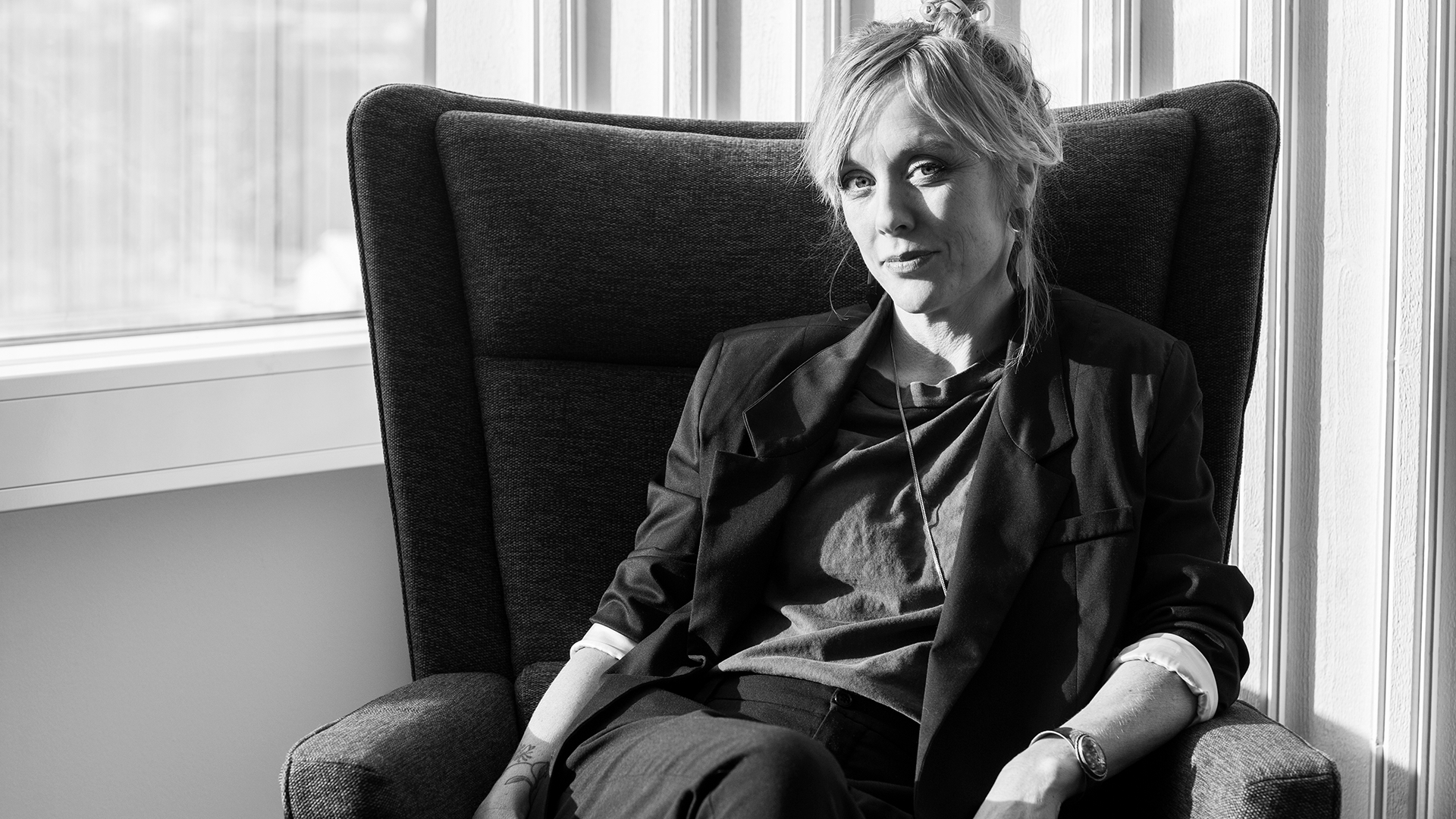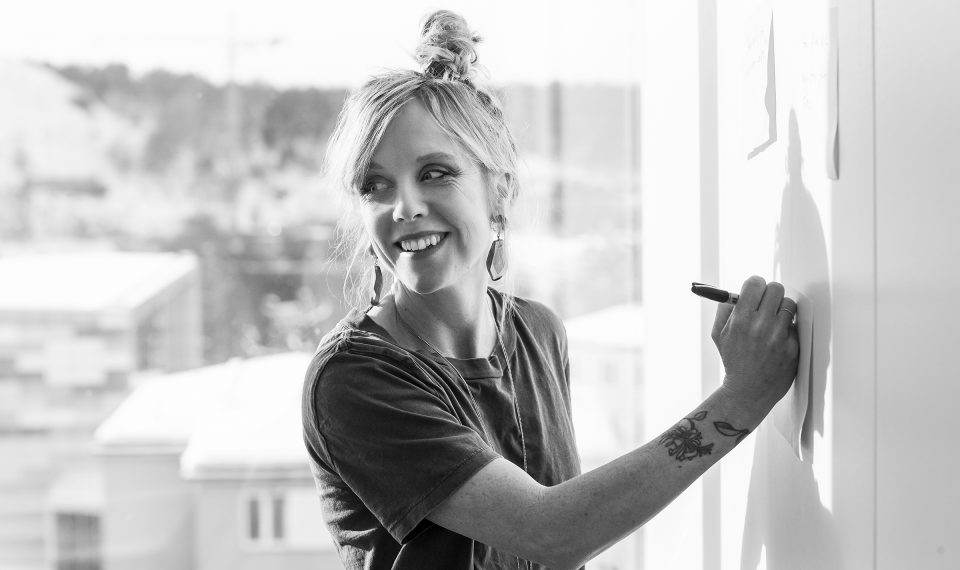Let your business goals be
powered by culture
A chat about corporate culture with Sofia Falk
A chat about corporate culture with Sofia Falk

How do you keep the organization’s culture strong and vibrant? And why is corporate culture trending everywhere right now? We spoke with Sofia Falk, a seasoned consultant and expert in catalyzing cultural journeys within global companies. In addition to her work as an organizational consultant, Sofia also serves as a board member at PS Occasion.
– Culture and business goals have become increasingly interconnected. Culture is something that should assist the organization in executing its strategy. They are no longer completely separate entities, and the question “what culture do we need to achieve our business goals?” is posed more frequently.
Culture boils down to behaviors. Forget about fancy words displayed on a poster in the office. It’s about stimulating the behaviors you want to see.
– Remote work has, of course, made it possible for more people to combine life and work. At the same time, those who were already excluded before have become even more marginalized. Another effect is that the employees’ well-being, both ergonomically and psychologically, has suffered.
Amidst all this, organizations feel that they have lost control in many ways and are grappling with several significant challenges simultaneously. In this turmoil, strengthening culture has become a top priority.
Remote work has also created inequality, where those who come to the office become visible, and as a result, there is a failure to involve the diversity of individuals. A lot has been discussed about the concept of ‘Proximity Bias‘. Leaders reason: “those who sit near me are the ones I ask, invite to meetings, and collaborate with”. It’s not surprising that terms like diversity, inclusion, equity, and belonging are also trending.
– If you want to see increased collaboration, then the office must be designed for various types of meetings. If you aim for an inclusive culture, the office must provide openness and accessibility. If health is your priority, well-being needs to be the focus.
Design the office for desired behaviors – it leads to the desired culture – which supports the achievement of the organization’s business goals. The physical office has therefore become significantly more important in supporting the company culture.
As an employee, you must feel that it’s worth coming to the office. The office must provide you with energy, a sense of belonging, and meaningfulness.
– Engagement, involvement, and psychological safety are crucial. Top-down approaches no longer work now that employees have taken the reins. The key is to involve employees in the culture work. Letting them be part of shaping the culture, setting goals, finding ways to collaborate, and even influencing how the office should look. It requires different types of forums, and genuine in-person interactions are necessary.
It’s important to focus on behaviors. We are increasingly working with a diverse workforce. If you want people to collaborate, you must be open to diversity.
– In the first step, you need to raise awareness and communicate your message. It rarely works to just post it on the intranet – you need to be more creative.
In the next step, we need to get people to start take action and change their behavior. Here, it’s about finding formats and activities that engage employees. To maintain momentum, some form of internal storytelling is needed. Or rather, storydoing. Sharing “What happened today? How did it happen? Who did it best? What has it led to?”
To succeed, people do have to meet. Only then innovation kicks in and new things are born. Knowledge is shared, and new collaborations arise – things that all organizations aspire to.
But a real cultural transformation takes time – approximately 5-7 years. You have to be patient and you need to fill the spaces between. True transformation can’t be achieved with just a big event or a big internal campaign.
– A one-size-fits-all approach won’t do. There are numerous issues that require a holistic approach, and each organization must tailor its own cultural journey. You need to involve more people to understand what works and engages within the organization. Not all organizations have the capacity to solve this on their own, and they may need an external partner to help facilitate, create structure, and plan for the change journey.
– A change journey involves taking a holistic approach and establishing an implementation plan. How do we communicate internally? How do we craft our messaging? What should the office look like? What kind of events should we schedule and plan? How do we keep engagement going with continuous activities? There are a multitude of questions where an agency partner can provide an outsider’s perspective, facilitate, and orchestrate.
Another crucial aspect of engagement is the packaging. Communication and creative concepts are becoming increasingly important in internal change journeys. It needs to stand out, be visually appealing, and feel delightful, fun, inclusive, and engaging. Just that can trigger daily transformations.
An agency partner can also act as the bridge between HR (which might not excel at communication) and marketing (which doesn’t always prioritize people and experiences). There’s a significant opportunity here for both the client, the departments, and the agency.
– Catalyzing engagement is the major challenge. As an employee, you should want to be part of the journey and feel that it’s worthwhile. Often, a few employees stand on the sidelines and wait, and that’s when you need to create some FOMO. Once you’ve successfully pushed engagement past the initial threshold, unexpected things often start happening naturally.
For those of you interested in tools for transformation journeys, we highly recommend Sofia’s handbook, ‘The Diversity Paradox.’
Check it out